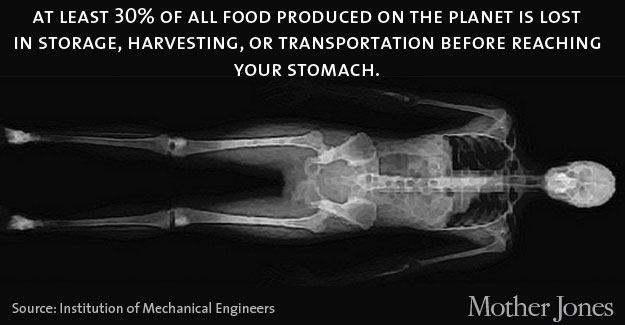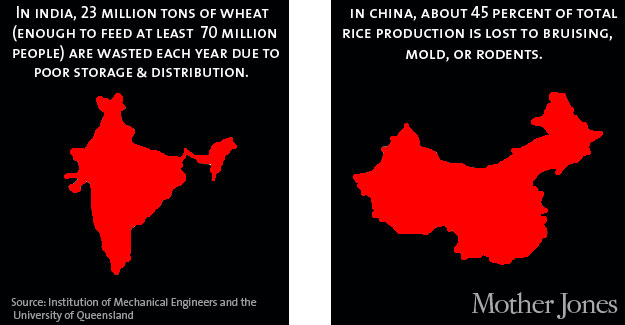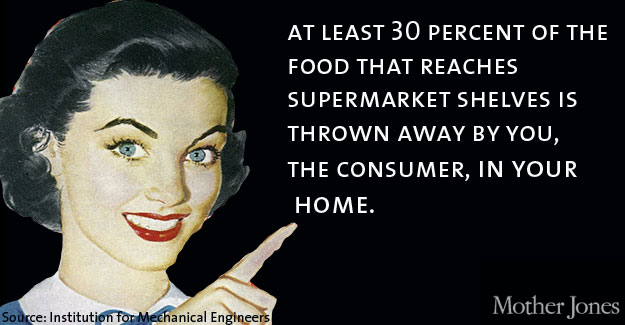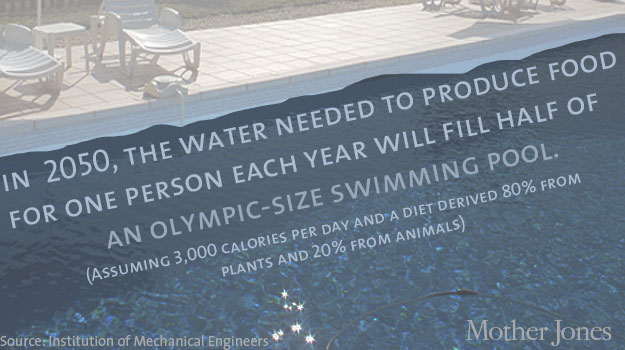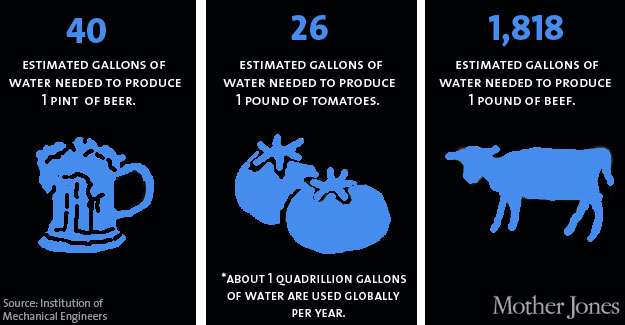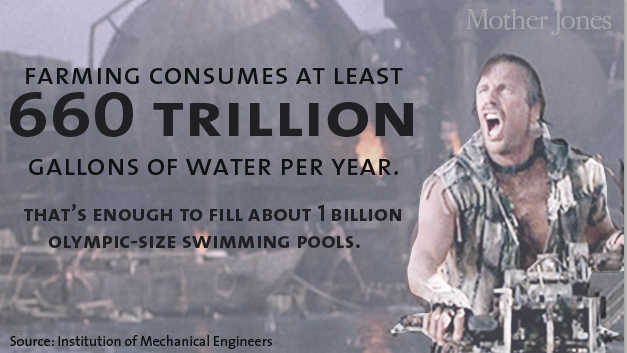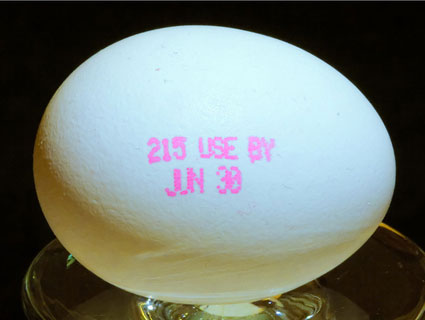It’s no secret that Americans throw away an enormous amount of food, sending day-old leftovers and slightly wilted spinach straight to the garbage. But what about the food that never even makes it to the kitchen table? A new report released by a British engineering society reveals that worldwide, billions of tons of food are squandered each year because of poor agriculture practices, which include inefficient harvesting and inadequate infrastructure and storage—and it’s depleting Earth’s water supply.
“This level of wastage is a tragedy that cannot continue if we are to succeed in the challenge of sustainably meeting our future food demands,” writes the Institution of Mechanical Engineers. “The potential to provide 60-100% more food by simply eliminating losses, while simultaneously freeing up land, energy and water resources for other uses, is an opportunity that should not be ignored.”
According to the report, developing countries, including India, China, and Vietnam, don’t have the infrastructure to stop food from rotting. But that doesn’t mean that Americans are off the hook: Developed societies tend to waste food on the consumer end of the chain, because it doesn’t meet cosmetic standards (i.e., the tomatoes aren’t pretty enough for your local supermarket) and also because consumers and supermarkets are throwing away perfectly good food, largely because of conservative “use-by” labels.
The charts below illustrate some of the stats from the report. Now, go home and revisit the Chinese food that’s been in the fridge for three days. It’s probably fine. (But of course, this isn’t medical advice, so don’t sue Mother Jones, please.)
